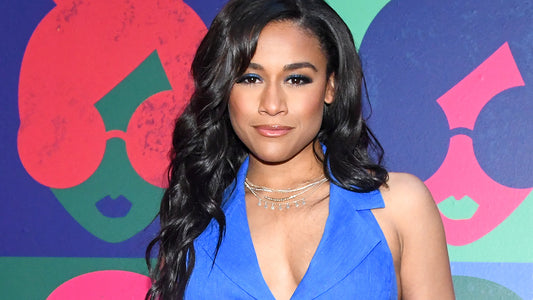
Once upon a time (like 1992) “The Rainforest” was so trendy, it was basically a status bag. There were “save the rainforest” bumper stickers on every suburban Volvo, a slew of Nick News segments about the importance of the Amazon ecosystems, and even a Ben & Jerry’s flavor (Rainforest Crunch) dedicated to helping the cause.
Of course, the fervor was justified. “The Rainforest”—which refers to the 6.7 million square kilometers of Amazon jungle across nine South American countries—is home to about 400 billion trees, which produce 20% of the world’s oxygen and store 123 billion tonnes of carbon. The rainforest also produces and filters 20 billion tons of fresh water. Essentially, The Rainforest is an all-natural cleaning service for the entire planet.
Want to talk about animals? We can go there, too. The Rainforest is home to 80% of the world’s biodiversity, including Wild Elements favorites like panthers, sloths, toucans, and caybaras! National Geographic estimates the rainforest has 40,000 plant species, nearly 1,300 bird species, 3,000 types of fish, 427 species of mammals, and 2.5 million different insects, but that’s only counting the ones we know about… and on average, a new species of wildlife is discovered in the Amazon every three days.
But with great power comes great exploitation, and the South American rainforest is now home to massive logging, ranching, and factory farming operations. Soy, beef, and paper pulp are huge exports from the Amazon, along with crude oil that’s been forcefully extracted from formerly wild land. And drilling in the Amazon has a triple carbon impact, because it doesn’t just burn fossil fuels, it also cuts down trees and other plants that could help process those emissions. Meanwhile, a lot of those “Save the Rainforest” efforts that started in the ‘90s? Turns out they were heavy on the greenwashing, and light on actual green. (Although sure, the awareness was great.)
So here’s where we are: In 2021 alone, the tropics lost more than 27 million acres of tree cover, and we were losing 10 soccer fields' worth of rainforest trees per minute. As a result, local temperatures have risen, draughts have occurred, and the all-natural cycle of CO2 cleaning that the Amazon rainforest did so well? It’s hurting. A lot.

Scared? Don’t be… at least, not today. Just because we haven’t saved the rainforest yet doesn’t mean we can’t, but it’s going to take a massive systemic push, along with individual action, for us to restore the rainforest and therefore regenerate the whole planet. Here are five ways to start the change:
- SMALL STEP: CUT YOUR BEEF INTAKE. We know, summertime burgers are amazing. But vegan versions have a lesser carbon footprint, and zero chance of contributing to over-ranching in the Amazon. Plus, they taste just as good and can be even better for your body. Here are some of our favorites to test out.
- BIG STEP: GO SOLAR. No energy source is 0% impact, but any chance you get to advocate for solar or wind-powered energy in your home, apartment, or office building is a chance to help lessen our reliance on fossil fuels, which takes some pressure off the atmosphere and reduces reliance on Amazon oil. If you’re in the US, the Department of Energy has an up-to-date guide on how to start.
- SMALL STEP: GET THAT PAPER. As logging continues to clear valuable trees—and all the living things that count on them for habitat—ensuring your paper is ethically sourced is super important. That means when you buy toilet paper, tissues, and notebooks, you can ensure you’re making the smallest impact possible. One Simple Action does a great job tracking paper products, and, well, so do we. :)
- BIG STEP: CALL YOUR BANK. Yes, phone calls can bring angst and existential terror. They’re also an easy way to tell those in charge of your 401k, your savings account, and even your mortgage that investing in clean energy and plant-based alternatives isn’t just the right thing to do—it’s something that will keep you and investors like you committed to their financial institution. Banks and stock brokers don’t want to lose your money! Make them work to keep it on behalf of the planet.
- SUPER SMALL STEP: MEME FOR GOOD. Do you love sharing images of sloths and capybaras and spider monkeys? Same! Did you know that those animals come from the Amazon rainforest and currently need our help? Now you do. Next time you share a GIF or Bitmoji with a rainforest critter, add a note about the rainforest, and link to a source (like this blog post right here!) telling people how to make sure their favorite memes can still exist IRL.



